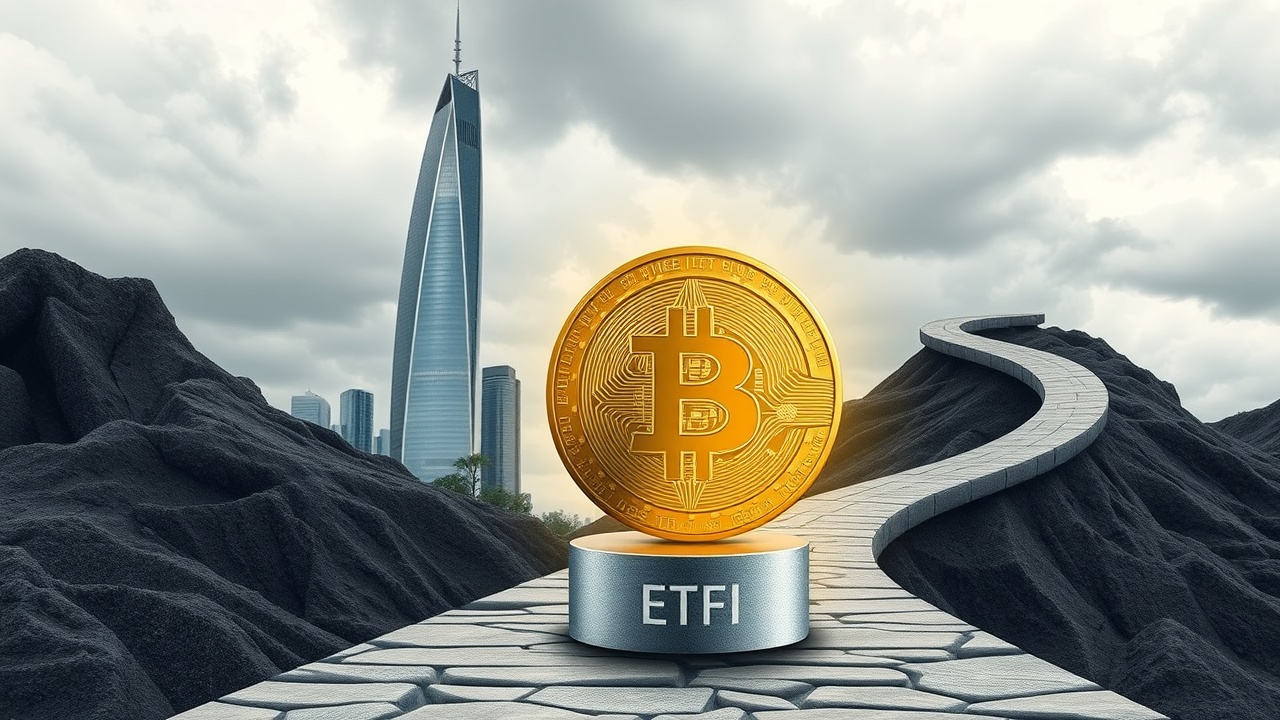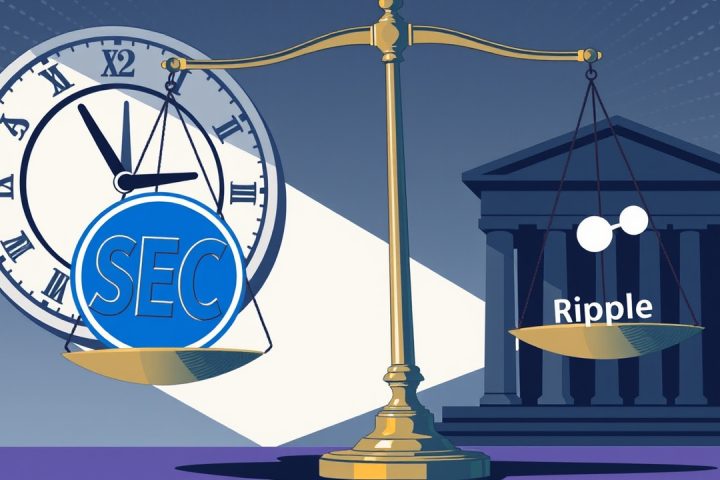The Evolving Landscape of Crypto ETFs
The landscape of crypto exchange-traded funds (ETFs) is evolving, particularly in light of the recent regulatory clarity provided by the Securities and Exchange Commission (SEC). On August 5, the SEC clarified that liquid staking activities and staking receipt tokens do not fall under the definition of securities offerings, which has effectively removed the last regulatory barriers for the introduction of staking-enabled ETFs.
Accelerated Actions by ETF Issuers
This pivotal announcement has accelerated the actions of ETF issuers, prompting firms like VanEck and Jito to file for a Solana liquid staking ETF on August 22, following months of preliminary regulatory discussions that began with SEC meetings in February.
Partnerships with Centralized Staking Providers
As these developments unfold, it seems that ETF issuers will initially pursue partnerships with established centralized staking providers, which offer clearer compliance pathways and legal frameworks. This trend is reflected in the recent collaborations forming in the industry; for instance, Canary Capital has aligned with Marinade in their Solana ETF filing, making these two players noteworthy exceptions in the market.
Predictions for the Future
Max Shannon, a senior research associate at Bitwise, predicts that while decentralized finance (DeFi) collaborations are possible, they will likely involve intermediaries that manage regulatory compliance while directing funds to appropriate protocols.
He foresees a gradual transition towards more integrated decentralized approaches as the regulatory landscape continues to evolve. Mastering this transition is important, as Sid Powell, the CEO of Maple Finance, pointed out. He posits that ETF issuers will most likely start with trusted custodians like Coinbase and Fidelity to ensure operational ease and safety.
Revenue Diversification and DeFi Integration
Misha Putiatin, co-founder of Symbiotic, emphasizes that the focus should not only be on the centralized versus decentralized dichotomy but rather on the ability of various assets to generate multiple income streams.
He highlighted that several decentralized options have emerged that not only comply with regulations but also integrate well with traditional finance and showcase effective performance metrics.
Impact on the DeFi Landscape
The anticipated impacts on the DeFi landscape are notable. Powell envisions that as ETF issuers embrace liquid staking, they could transform these once-experimental DeFi constructs into fundamental components of the financial architecture, potentially channeling billions into liquid staking protocols through reputable custodians. This injection could exponentially raise the assets under management (AUM) of these protocols.
Risks and Opportunities
Shannon raised a cautionary note regarding the importance of diversification, expressing concerns about the risks associated with concentrating investments in a limited number of protocols, which could provoke heightened regulatory scrutiny.
Despite these risks, he believes that even minor allocations from ETFs could significantly enhance the total value locked in the space, thus improving liquidity and the utility of liquid staking tokens.
Innovative Yield Structures
Lastly, Putiatin suggests that the engagement between ETF issuers and DeFi platforms could lead to innovative yield structures. This collaboration opens avenues for more proactive strategies in a sector that requires a nuanced understanding of crypto markets, far beyond conventional capital allocation.
Overall, regulatory clarity is setting the stage for staking ETFs to serve as a conduit for institutional investments, which have been hesitant to enter the market, while ensuring adherence to compliance through trusted custodians.




